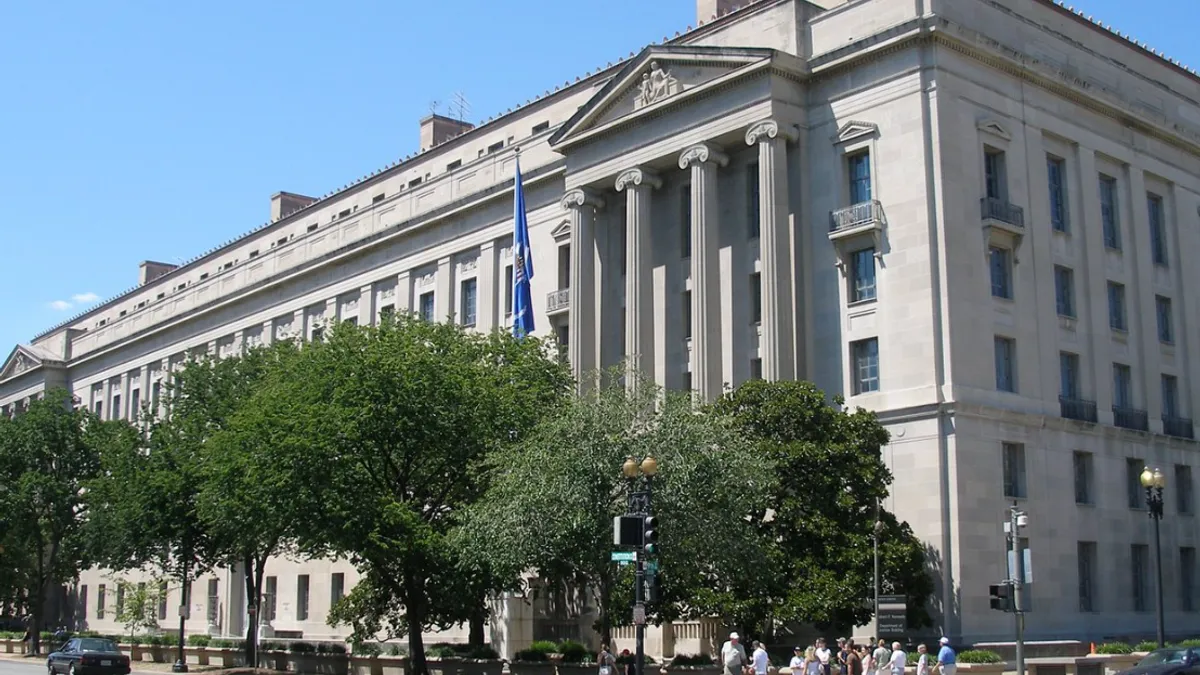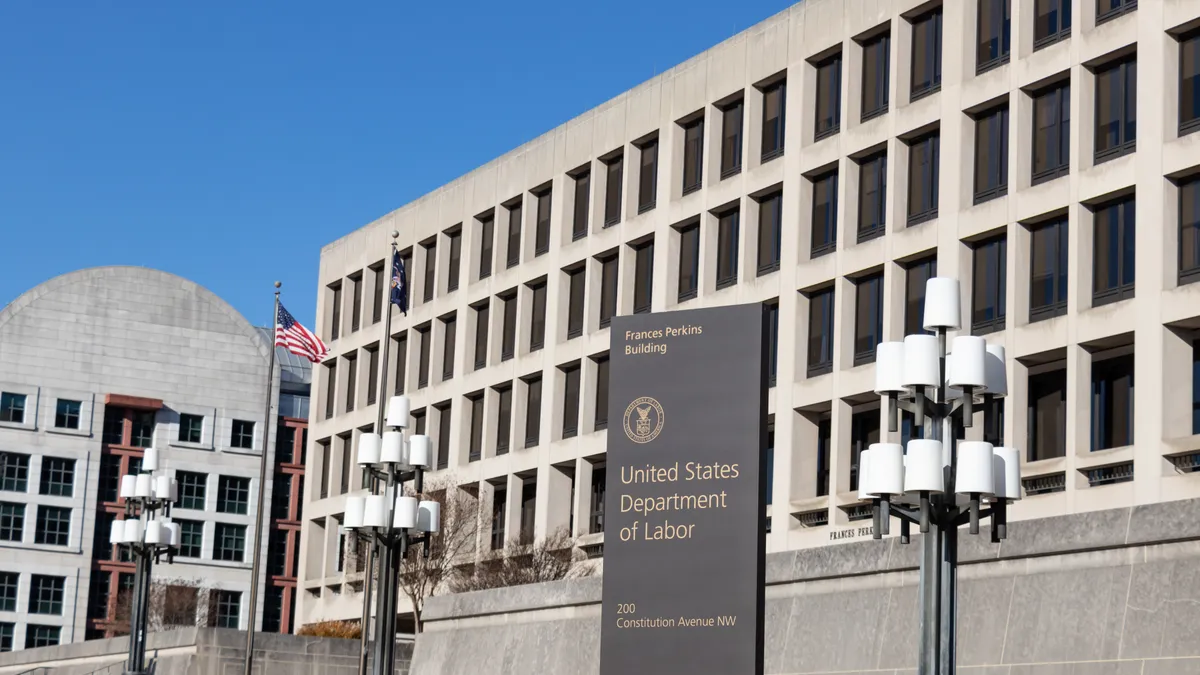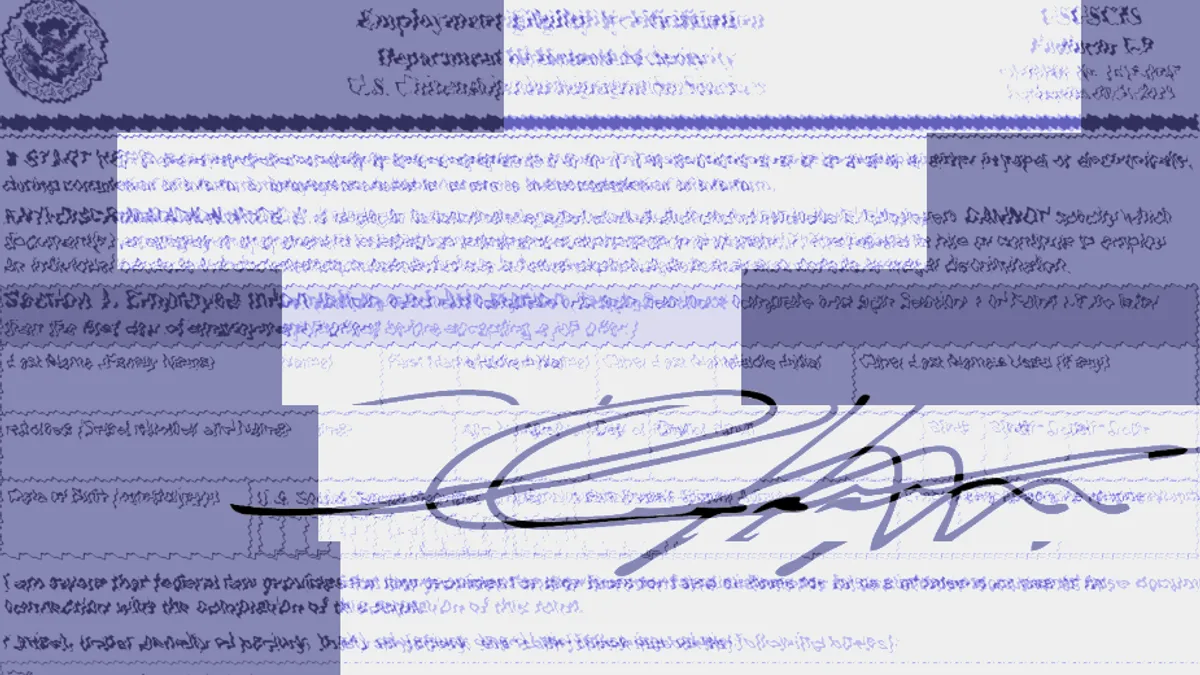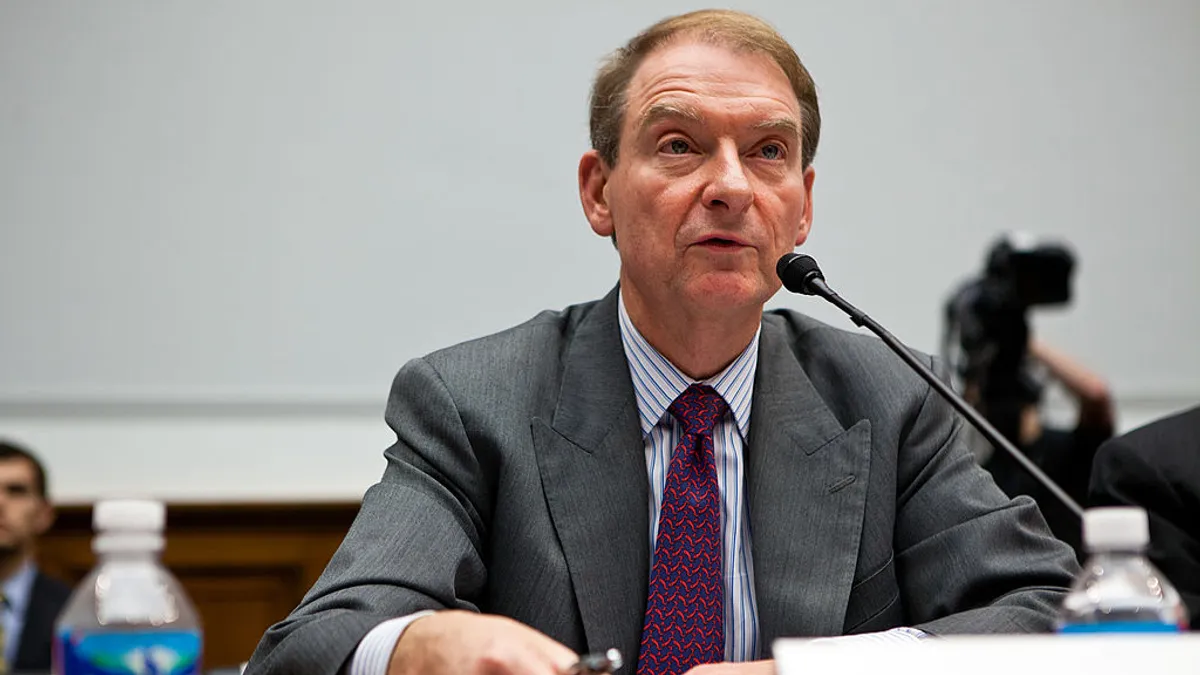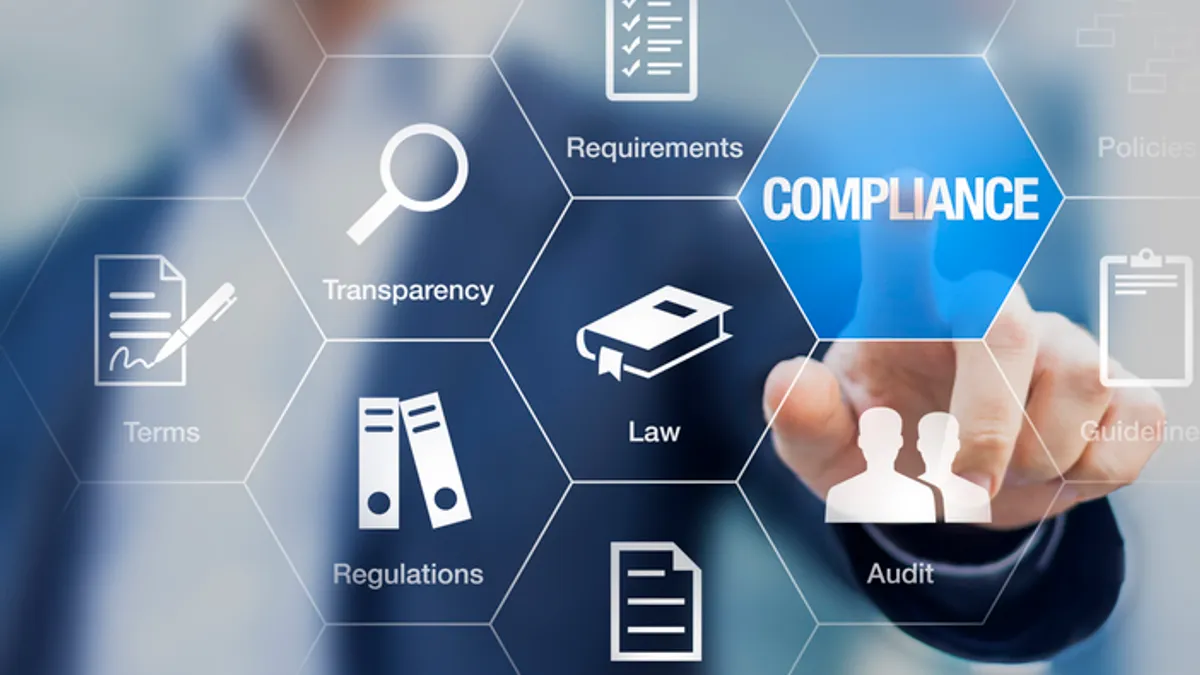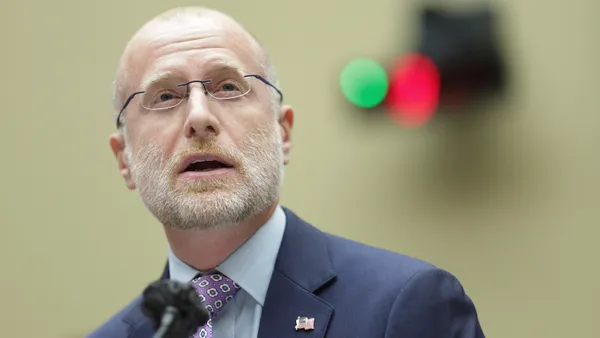In March, the Department of Justice announced a pilot program on compensation incentives and clawbacks.
For companies that are charged with criminal misconduct due to employee maleficence, the program provides cooperation incentives if they can claw back compensation from the people responsible for the misconduct. The goal is to “shift the burden of corporate financial penalties away from shareholders—who in many cases do not have a role in misconduct—onto those more directly responsible,” the agency said.
Companies that sign on to the pilot program will be eligible for fine reductions, potentially up to 100% of the value of the clawback, if they can demonstrate a good faith effort to recoup compensation from the people in question, even if they don’t succeed in getting all or part of the money back.
“We heard from stakeholders about how challenging and how expensive the pursuit of clawbacks can be,” Lisa Monaco, DOJ deputy attorney general, said in March. So, “the pilot program will also ensure that those who pursue clawbacks in good faith but are unsuccessful are still eligible to receive a fine reduction.”
Clawback math
In calculating the cooperation credit, the company first pays the original fine minus 100% of the amount of the clawback attempted. If the clawback is unsuccessful after up to a three-year resolution term, the company must repay 100% of the initial clawback sought minus the amount actually obtained. If the company’s good-faith attempt is unsuccessful at recouping any amount, the company may only have to repay 75% of the original reduction awarded.
For some companies, it’s worth showing a reasonable effort to recoup the money because the reductions could be significant. In 2020, for example, Goldman Sachs was able to claw back roughly $175 million from senior executives involved in the Malaysian IMDB bribery scandal, which would have helped pay for its $2.9 billion in fines, had they been enrolled in the program.
For those that are enrolled, perhaps as a show of good governance to their stakeholders and the markets, when it comes to collecting on those credits, a few questions remain.
Defining good faith
Among the unknowns are what a good faith effort looks like and how DOJ will define a reasonable rationale for abandoning the effort.
However, companies don’t have to operate completely in the dark, says Patrick Hovakimian, a lawyer with Pillsbury Winthrop Shaw Pittman and a former DOJ associate deputy attorney general. “When you see it, you know,” he told Legal Dive.
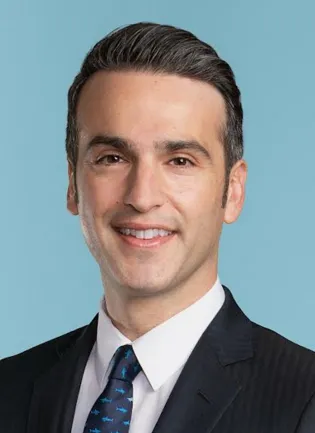
DOJ has been vague on this as a matter of process, he says.
“If you look at the actual policy of the pilot program, when they bring up good faith, they kind of drop a footnote saying that the criminal division shall determine in its sole discretion the presence or absence of a company’s good faith,” he said.
That means it will follow its usual resolution process. “There can be any number of back and forth,” he said. “There will be phone calls. There will be meetings. There will be presentations. Once it becomes clear that the DOJ isn’t going to walk away, there will be settlement talks and determining good faith will be part of that course of dealing.“
Making a case
The pilot program leaves a number of issues vague. It’s not clear, for example, if the DOJ will accept estimates of the projected costs of obtaining the clawback up front, or, in determining a possible fine reduction, if the agency will accept evidence of known legal roadblocks, such as the person in question living in a country that doesn’t allow clawbacks.
On its face, the policy indicates that the company must have incurred—past tense—“significant litigation costs for shareholders.” That speaks against the agency accepting early evidence of costs exceeding the value of the clawback.
But this policy could be a moving target, says Hovakimian, leaving the door open for some typical lines of advocacy to emerge over time.
“After all, the DOJ has indicated they don’t intend to incentivize waste,” he said. “I think this invites companies to make an initial case as to why attempting a clawback may ultimately be wasteful at the end of the day.”
To that end, companies need to be candid with the prosecutors right at the start of the process and let them know their prospects of success with a former employee may be very low, for whatever reason.
“If they’re following other compliance practices, the prosecutor will likely take that into consideration when determining cooperation credits,” he said.


